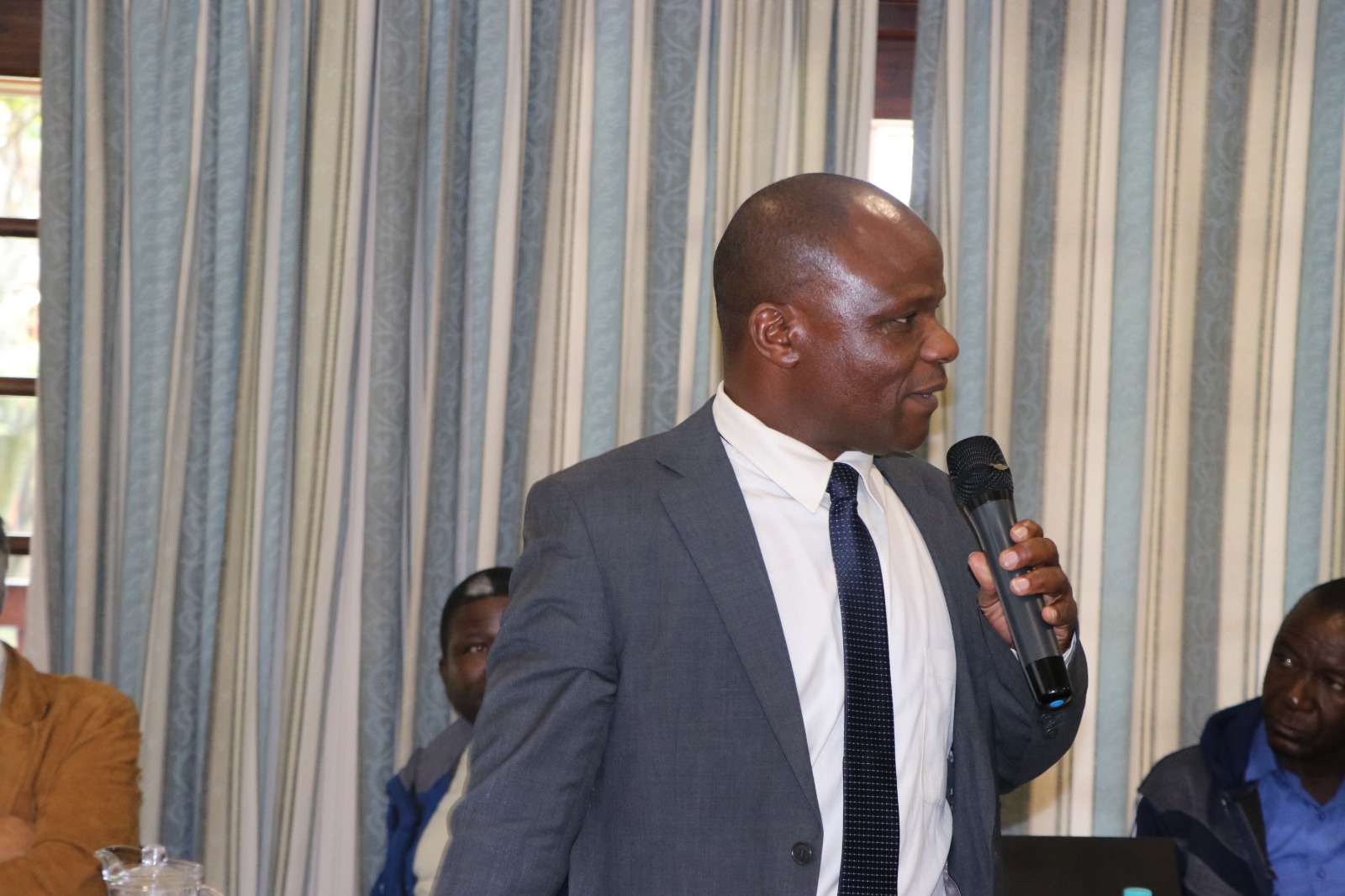Binga Community Revels in Successes of SWM Programme

By Evans Dakwa
The improved community-based wildlife management brought to Binga district’s wards three, four and five through the Sustainable Wildlife Management (SWM) Programme has changed the fortunes of most villagers and reduced incidences of Human Wildlife Conflict (HWC).
The establishment of the Mucheni Community Conservancy has brought with it various value chain benefits for the surrounding areas.
According to ward four Councillor Elmon Mudenda, the SWM Programme has brought with it better human wildlife relations and improved community understanding of wildlife conservation as he spoke on the sidelines of the workshop on the presentation legal analysis results held in Harare recently.
“Before the coming in of the SWM Programme, cases of HWC were high as animals increased, encroaching into communities and people hunting also going into animal habitats. We cultivated crops but most of it was destroyed by animals but the coming in of the project has seen the reduction in HWC which were competing for water sources and grazing lands. The animals are roaming freely in the conservancy and communities have learnt better ways of warding of the wild animals thus reducing incidences of conflict,” said Councillor Mudenda.
“The hunting of wild animals has reduced significantly through the introduction of cross breeding of local goat breeds with bigger Kalahari and Boer ones giving us bigger carcassed goats with more meat than even some of the wild animals. Community members are getting more meat and income as the goats can fetch as much as $100.00 on the market.”
According Councillor Mudenda, within the conservancy, there are more than 11 natural water springs of water, itself a source of conflict and the piped water scheme has been a game changer.
“We have our piped water scheme from a spring that produces 14000 litres of water per hour, we built a reservoir of 352 000 litres which is delivering tapped water to communities within a 20-kilometre radius as way of taking water to the people thus reducing cases of HWC at water sources,” he proudly said.
“To add to that, we have managed to successfully establish three fenced irrigation schemes with 40, 20, and 25 members respectively, these are some of the measures that we have been trying at community level and so far, so good we are seeing a reduction in cases of HWC. I am happy that we have also managed to establish three tourist camps for tourist to come for game ride and viewing where they pay a nominal fee that will enable us to continue these wildlife conservation efforts sustainably,” he added.
The French Agricultural Research Centre for International Development (CIRAD’s) Site Coordinator in Binga Maxwell Phiri concurred with Councillor Mudenda on the positives they have seen during the thus far.
“Thus far, the improved goat breeding programme has managed to produce 500 kids and the private sector has indicated its desire to buy these improved goat breeds, we have also translocated 107 animals into the Mucheni Community Conservancy and l am happy to say the animals have also started reproducing,” said Phiri.
According to him , the SWM Programme has successfully managed to; “Collate data and develop the legal hub, work with the community to make them understand the concept of Community Conservancies, draft a constitution for the formalisation of the Mucheni Community Conservancy with the draft so far in the hands of the authorities, trained 18 resource monitors, carried out a game census and installed a tracking system, improved livestock breeding and publicize the program effectively in various media platforms including radio and print.
With the successes recorded so far, the SWM Programme in Binga’s wards three, four and five presents an opportunity and a possible template that the country can follow in wildlife conservation in a people centred approach.
The establishment of the Mucheni Community Conservancy is testament that the involvement of communities in wildlife conservation is key to successes in wildlife management.







